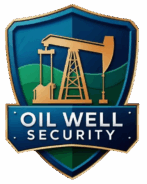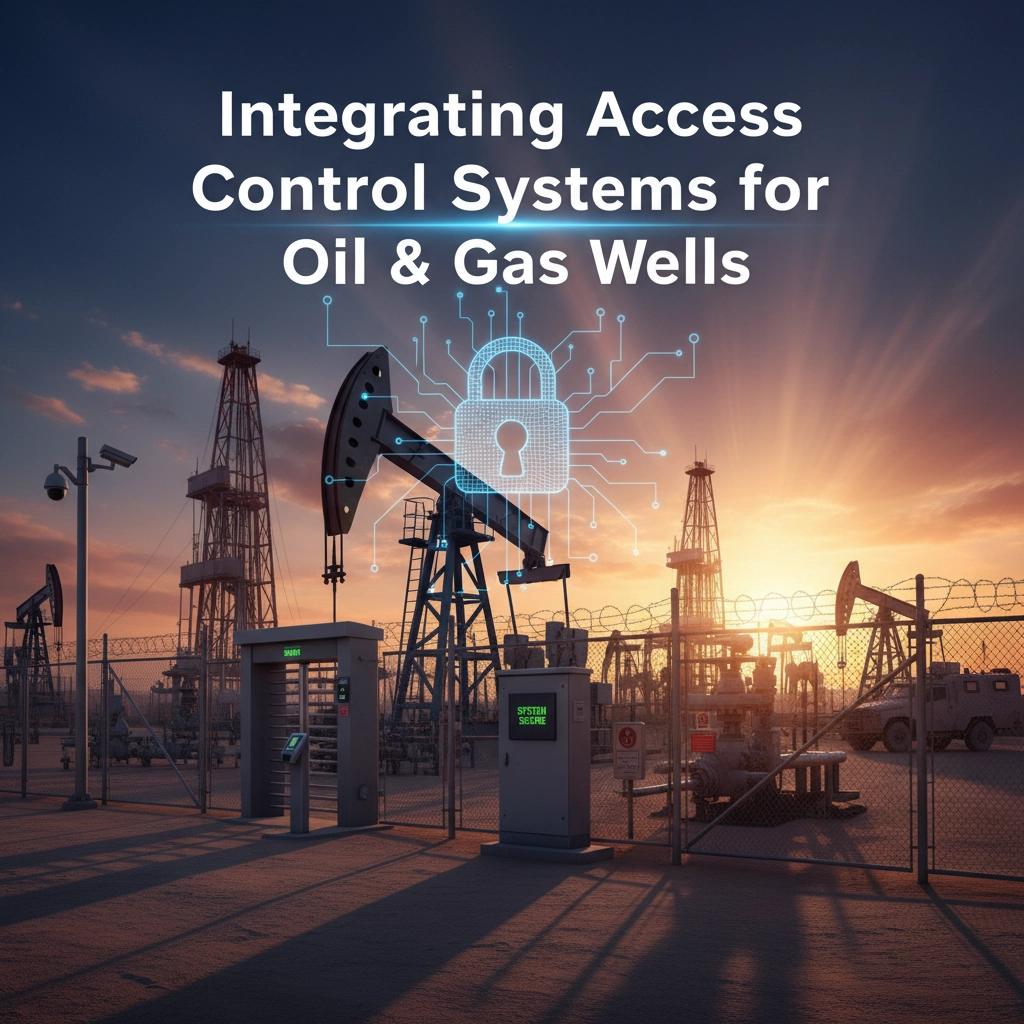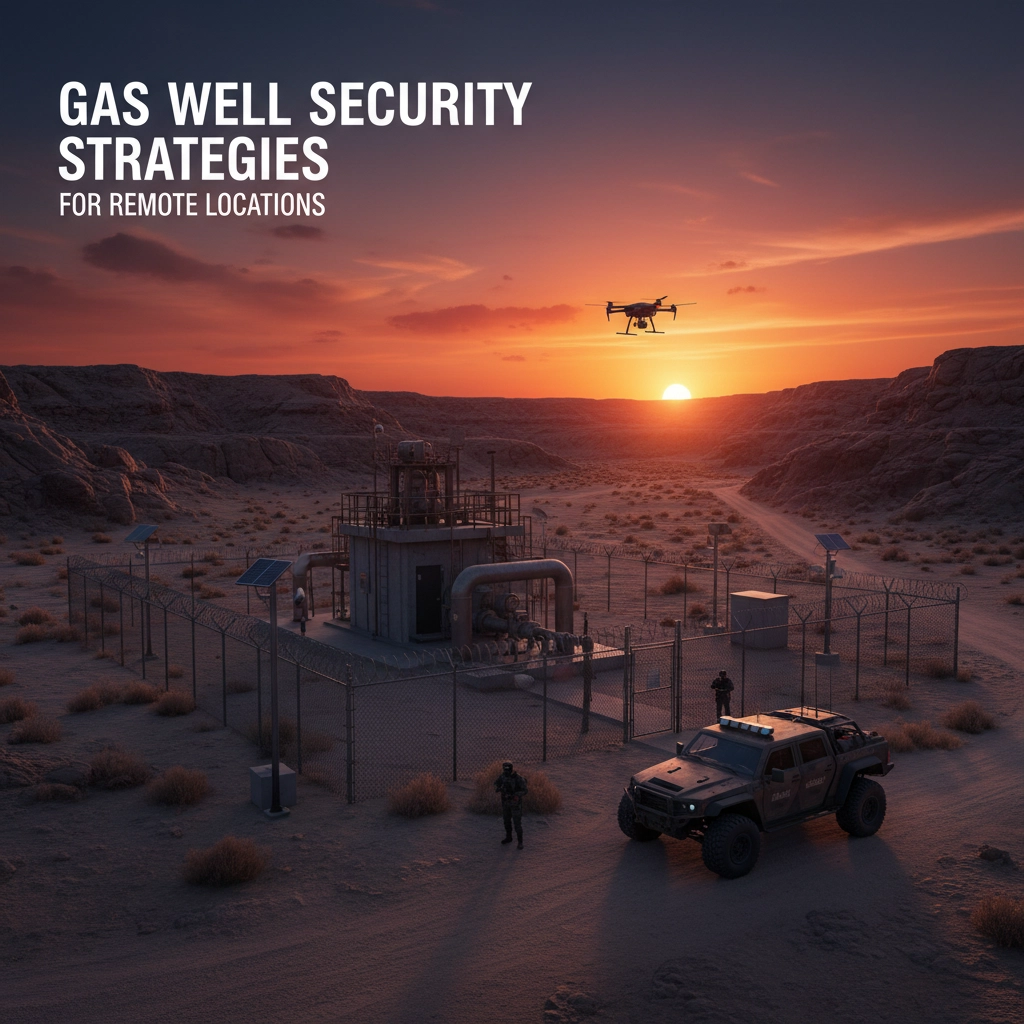Your oil and gas operation faces threats that could shut down production, endanger lives, or result in catastrophic environmental damage. Yet many facilities still rely on fragmented security systems that create dangerous blind spots and compliance nightmares. The solution lies in integrating your access control systems into a comprehensive security ecosystem that protects your assets while streamlining operations.
Why Integration Is Crucial for Your Operation's Success
You're managing more than just entry points when you secure oil and gas facilities. Your personnel, contractors, and visitors move through high-risk environments where a single security breach could trigger explosions, environmental disasters, or regulatory violations. Fragmented systems leave you vulnerable to threats slipping through the cracks between different security technologies.
Integrated access control systems eliminate these vulnerabilities by creating a unified security ecosystem. When your access control communicates seamlessly with video surveillance, environmental monitoring, and personnel tracking systems, you gain complete situational awareness across your entire operation.
Consider the stakes: unauthorized access to critical zones could result in sabotage, theft of sensitive operational data, or personnel entering hazardous areas without proper safety protocols. Your integrated system prevents these scenarios by verifying credentials, tracking movements, and automatically triggering alerts when anomalies occur.

Core Components That Form Your Security Foundation
Your integrated access control system requires several essential components working in harmony. Electronic credentials serve as your first line of defense, utilizing RFID badges, biometric scanners, and smart wristbands to verify each individual's authorization level before granting facility access.
Biometric scanners provide the highest level of security for your most sensitive areas. Fingerprint and facial recognition technologies ensure that credentials cannot be shared, stolen, or duplicated, while smart wristbands enable continuous personnel tracking throughout your facility.
Your centralized control platform orchestrates these components, managing time-based permissions, role-specific access levels, and real-time authorization verification. This platform integrates with your existing HR and operational databases, automatically updating access permissions when personnel status changes.
Video surveillance integration amplifies your security capabilities exponentially. When someone uses their credentials to access restricted areas, your system automatically activates corresponding cameras, creating visual verification and comprehensive audit trails. This integration includes both standard and thermal imaging cameras strategically positioned around pipelines, refineries, and drilling platforms.
Advanced Safety Features That Protect Your Most Critical Assets
Your environmental monitoring integration serves as an early warning system for potentially catastrophic events. Gas-leak detectors continuously monitor methane and hydrogen sulfide concentrations, triggering automatic lockdowns before explosive thresholds are reached. These sensors communicate directly with your access control system, preventing personnel from entering contaminated zones.
Motion sensors and perimeter detection systems create multiple security layers around your facilities. Seismic activity detectors integrated with perimeter fencing identify potential intrusion attempts or equipment failures that could compromise facility integrity. When these sensors activate, your access control system immediately restricts entry to affected areas while dispatching security personnel to investigate.
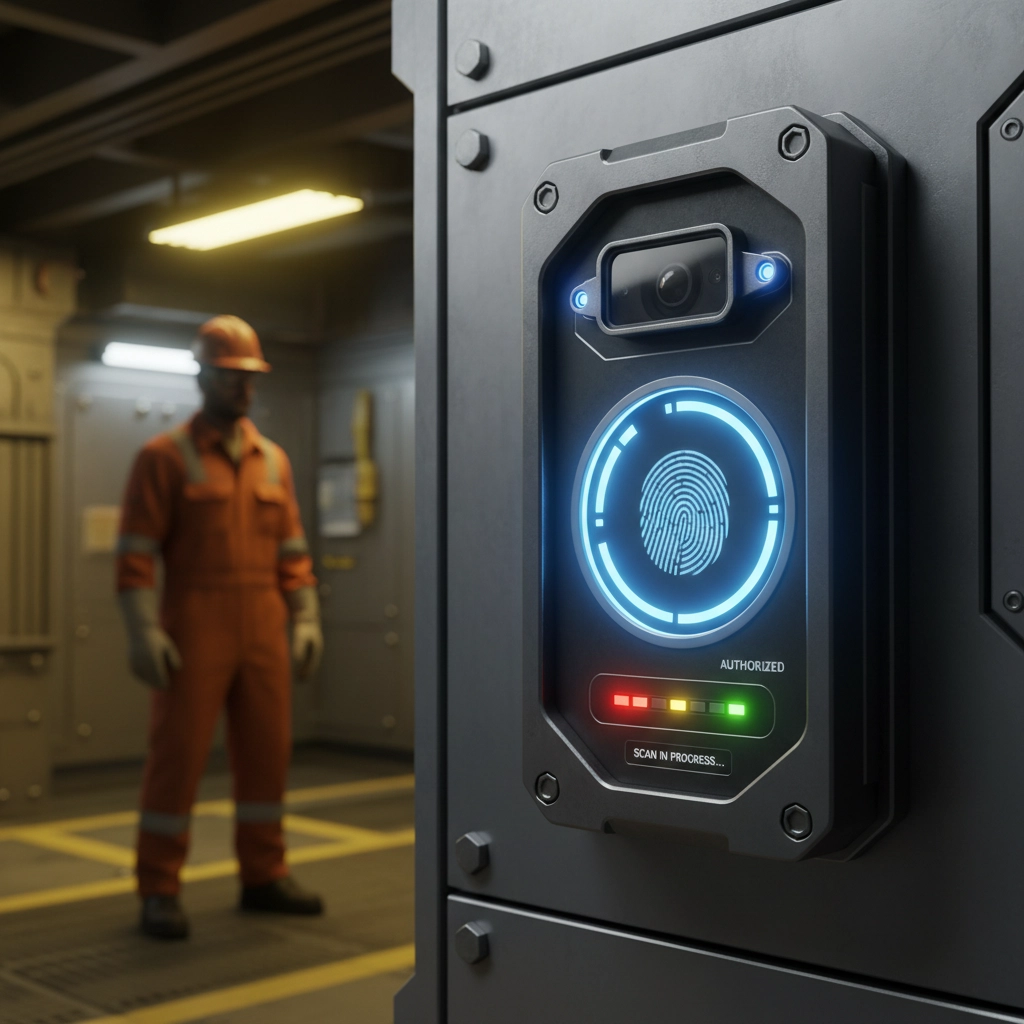
Your pressure monitoring integration provides real-time awareness of operational conditions that could create safety hazards. When pressure anomalies are detected, your system automatically restricts access to affected zones while sending detailed alerts with sensor readings and location data to both local control rooms and remote monitoring centers.
Personnel tracking capabilities ensure you always know who is where within your facility. This integration with Personnel-on-Board (POB) systems provides real-time crew location visibility, automated movement logging, and immediate situational awareness during emergencies. Your system can guide workers to designated evacuation routes and muster points when alarms activate.
Technical Architecture That Ensures Reliable Operations
Your system's reliability depends on robust technical architecture that maintains operations even when primary systems fail. Dual-layer network designs incorporate both on-site servers and cloud storage, ensuring your security data remains accessible regardless of network conditions.
Edge computing processes critical alerts locally to minimize response latency, then synchronizes summarized data to cloud repositories for long-term analysis and compliance reporting. This architecture ensures your most time-sensitive security decisions happen instantly, without dependence on external network connectivity.
Power redundancy protects your security operations during outages that could leave facilities vulnerable. Uninterruptible power supplies (UPS) and diesel generators guarantee that your cameras, sensors, and control panels remain operational during blackouts. Your access control system continues functioning even when primary facility power fails.

Communication redundancy prevents security system isolation during network failures. Satellite communication serves as backup channels when terrestrial networks fail, particularly essential for offshore platforms or remote drilling sites where traditional connectivity may be unreliable.
Regulatory Compliance Made Simple Through Integration
Your integrated system automatically generates compliance documentation required by regulatory bodies including the Bureau of Safety and Environmental Enforcement (BSEE), OSHA, and the Chemical Safety Board. Every access attempt, alarm activation, and equipment alert gets logged into secure, encrypted archives with immutable formatting that prevents data alteration.
Automated report generation aligned with specific regulatory requirements provides comprehensive compliance snapshots. Your system tracks gas-detector calibration records, drill-floor access logs, personnel certification status, and safety training completion dates, correlating this data with actual facility access patterns.
Audit trail capabilities ensure you can demonstrate compliance during inspections or investigations. Your system maintains detailed logs showing who accessed which areas, when access occurred, what credentials were used, and which safety protocols were followed. This documentation proves invaluable during regulatory reviews or incident investigations.

Your centralized control capabilities enable standardized compliance across multiple facilities while allowing local adaptations for site-specific requirements. This approach ensures consistent security standards while accommodating unique operational needs at different locations.
Implementation Best Practices for Maximum Effectiveness
Your implementation strategy determines whether your integrated access control system enhances or complicates your operations. Begin by conducting comprehensive site assessments that identify all access points, personnel flow patterns, and integration requirements with existing systems.
Scalability planning ensures your system grows with your operations. Oil and gas facilities often span several kilometers and handle large volumes of employee, contractor, and visitor traffic. Your system must manage complex authorization profiles while maintaining fast access processing and comprehensive tracking capabilities.
Customization requirements vary significantly between different types of oil and gas operations. Offshore platforms have different security needs than onshore refineries or pipeline facilities. Your access control provider should offer customizable solutions developed specifically for oil and gas applications, with security experts involved from initial planning through implementation and ongoing support.
Training your personnel ensures maximum system effectiveness. Your security staff, operations managers, and facility supervisors need comprehensive training on system capabilities, emergency procedures, and compliance requirements. Well-trained personnel maximize your security investment while minimizing operational disruptions.
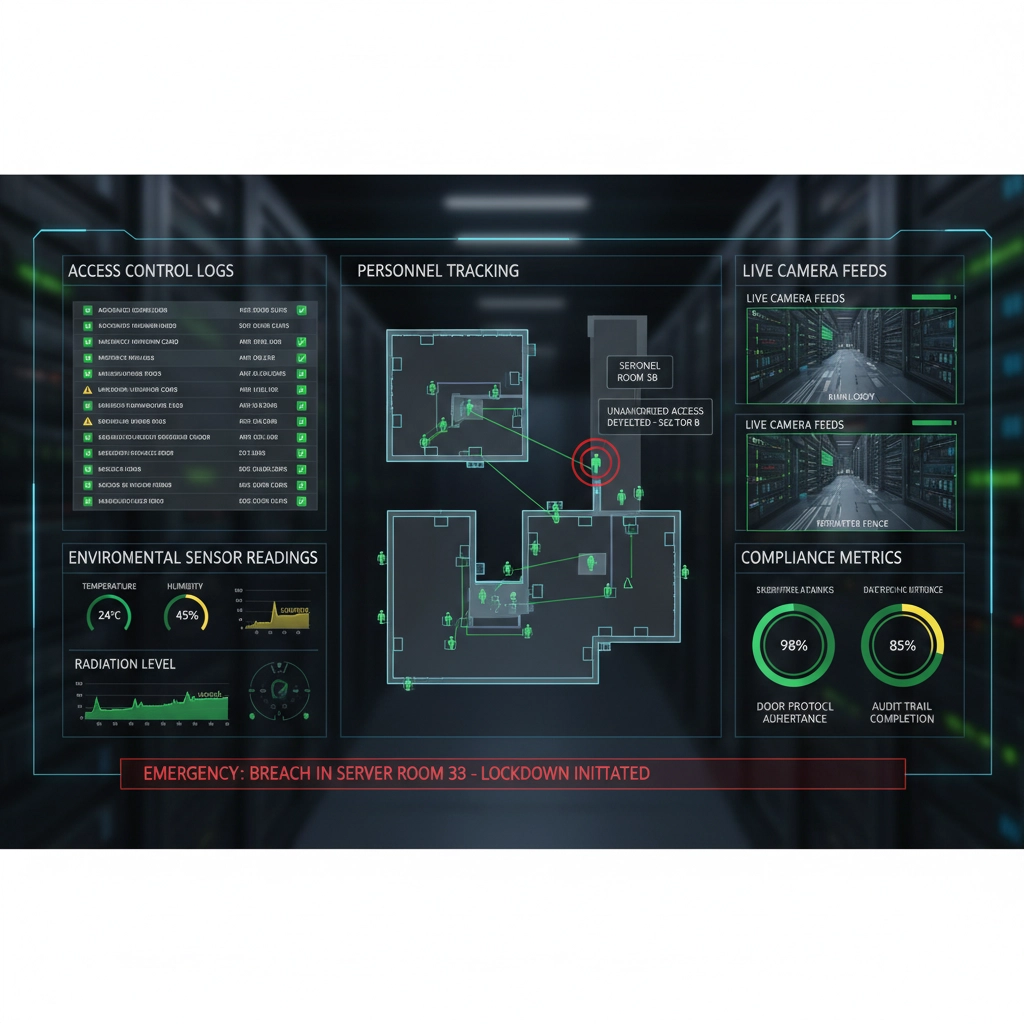
Securing Your Operation's Future
Your integrated access control system represents more than just security technology: it's your foundation for safe, compliant, and efficient oil and gas operations. The risks of maintaining fragmented security systems continue growing as threats evolve and regulatory requirements intensify.
Take action now to assess your current security infrastructure and identify integration opportunities that could eliminate vulnerabilities while streamlining operations. Your personnel, assets, and compliance status depend on comprehensive security systems that work together seamlessly.
Oil Well Security specializes in designing and implementing integrated access control systems specifically for oil and gas operations. Our security experts understand the unique challenges you face and can help you create comprehensive security ecosystems that protect your most critical assets while supporting operational efficiency.
Contact Oil Well Security today to discuss your access control integration needs. Reach out to our security specialists at info@oilwellsecurity.com or call (970) 465-2525 to schedule your comprehensive security assessment. Your operation's security cannot wait for tomorrow's threats to emerge.
